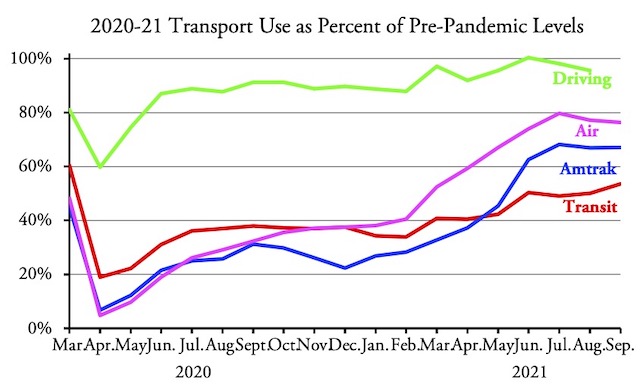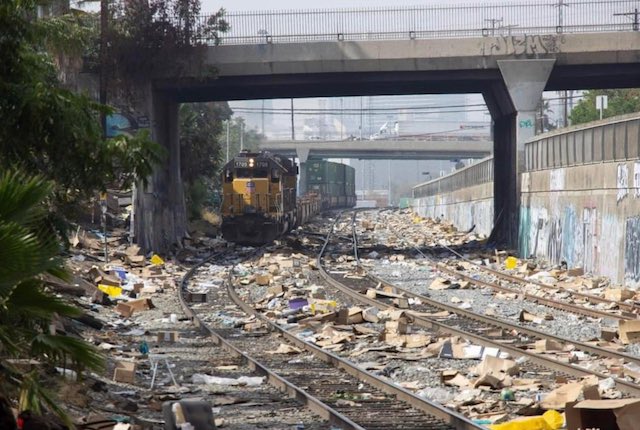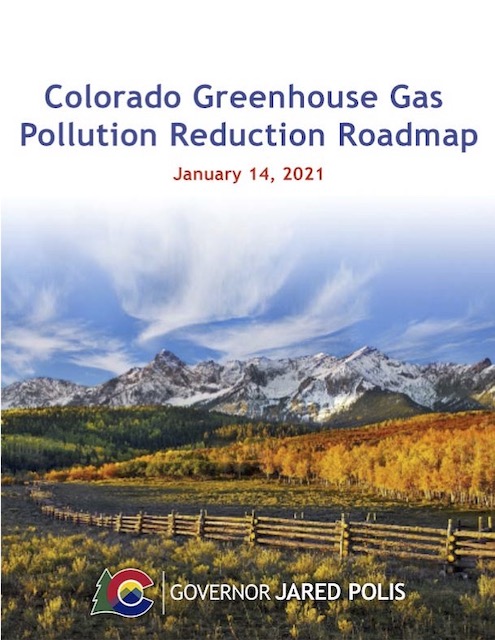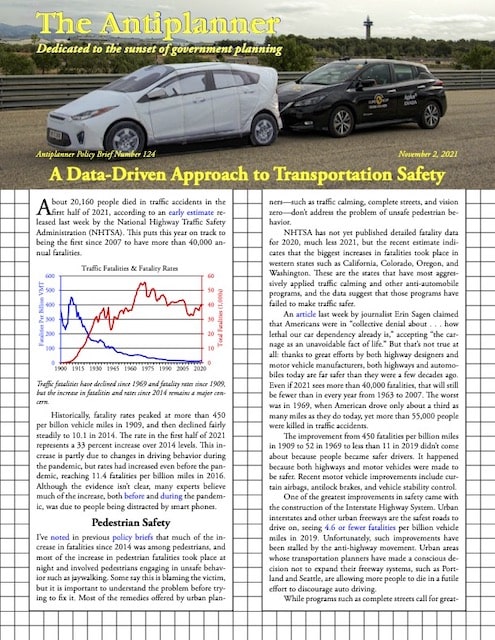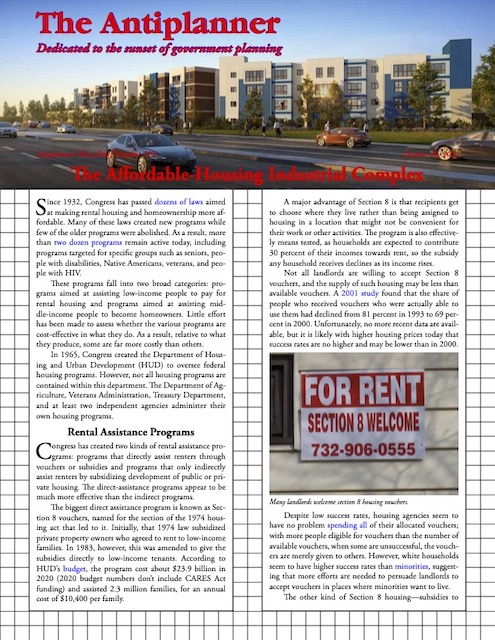The pandemic has made people reluctant to climb aboard any form of mass transportation. But it hasn’t stopped the state of Colorado from planning an idiotic Front Range passenger train that is proposed to connect Fort Collins and Pueblo, with Denver in between. In June, Governor Jared Polis signed a bill creating a taxing district to pay for the train’s inevitable losses. Last week, the Colorado Transportation Commission agreed to spend $1.9 million on a viability study (whose total cost will be twice that).
Although the endpoints are known, the exact route of the proposed rail line through Denver has yet to be determined. Click image for a larger view.
The Denver Post, which was a major cheerleader for Denver’s $4.9 billion FasTracks plan until it became the $7.9 billion FasTracks plan, by which time it was too late, is now a major cheerleader for the Front Range passenger train plan. It claims that an Amtrak train between Chicago and Milwaukee “shows what it could be.” Yes, because Fort Collins (population: 170,000) and Pueblo (population: 112,000) are just like Milwaukee (population: 577,000), and Denver (population: 715,000) is just like Chicago (population: 2.75 million). Continue reading


